University Researchers Team Up to Develop Technology Innovations for NYC in the face of COVID
Thanks to a generous Columbia Engineering alumni donor, 10 faculty teams (all ten teams listed here) have each won an $85,000 award to develop technology innovations for urban living in the face of COVID-19.
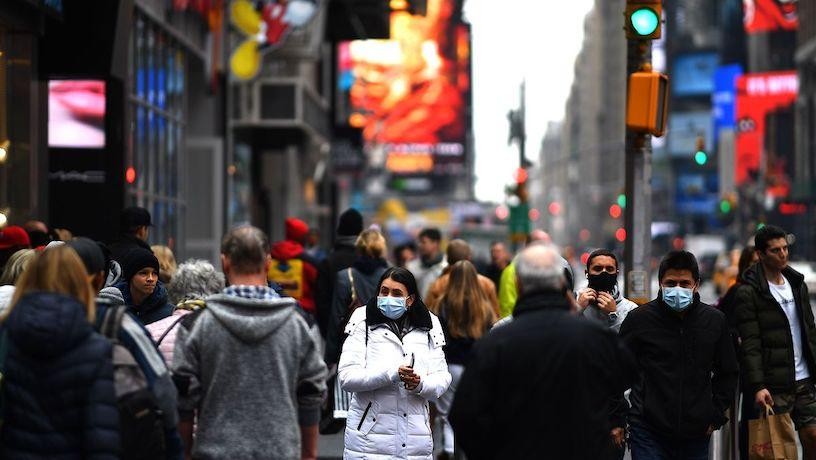
Each team includes a SEAS faculty member working with collaborators across the University to generate solutions that will not only engineer a speedy recovery for New York, but also will transform the city’s infrastructure and systems, define urban redevelopment, and minimize future disruptions—whether from the next pandemic, superstorms and sea-level rise, energy shortages, or other severe events or disasters.
“The COVID-19 crisis has dramatically altered the flow of everyday living—from work, education, and transportation to food, entertainment, and health and services—challenging us to rethink many aspects around the design, infrastructure, and functionality of our cities,” said Columbia Engineering Dean Mary Boyce. “Urban centers like New York, including our Columbia campus, require a wide range of innovations as we reemerge into a new “normal” and a resilient future. The greatness of New York City coupled with innovative minds across Columbia is a winning team and we are deeply appreciative of our donor’s generosity in helping us to ignite this passion.”
The funding for this initiative—Urban Living Tech Innovations—will support creative cross-disciplinary research projects that develop and deploy advanced technologies. These include artificial intelligence, machine learning, computational systems, algorithms, predictive modeling, design thinking, simulations, robotics, materials, chemicals, sensors, and devices to speed New York’s recovery, establish a new normal, and advance public health and medicine through new technologies and scalable models.
The initiative is also providing student ignition awards to develop prototypes and start new ventures. These teams will be given opportunities to use the new Columbia MakerSpace for experimentation and testing. Rolling submissions are currently ongoing until December 15, 2020. More information here.
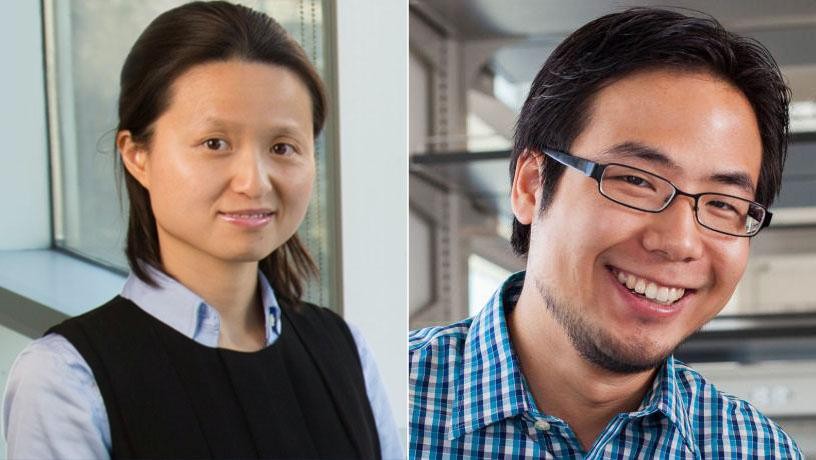
Sharon Di, Assistant Professor, Civil Engineering & Engineering Mechanics (SEAS)
Fred Jiang, Associate Professor, Electrical Engineering and Computer Engineering (SEAS)
Jeffrey Shaman, Professor, Environmental Health Sciences (SPH)
The goal of this proposal is to equip public transit communities for greater preparedness and resilience to future pandemics with a crowd management system leveraging sensing, data science, and digital twin. The research question is: how should crowds be managed in real-time during the pandemic to mitigate risk and ease the public fear of taking mass transit? This question will be addressed by bridging engineering and scientific models at the intersection of indoor pedestrian mobility, epidemiology, and travel behavior. Rather than investing in transit infrastructure and services in a short timeframe (which is especially challenging when transit agencies are struggling with staffing shortage and financial crisis), reshaping public transport mobility could be a more viable way.
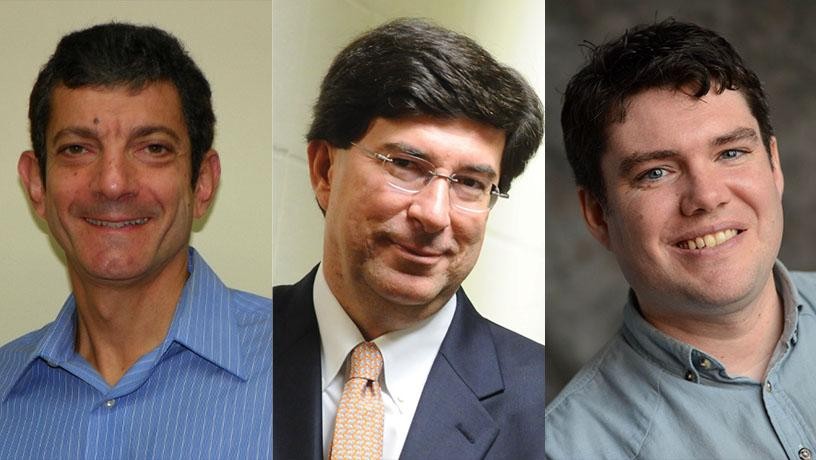
Daniel Bienstocks, the Liu Family Professor, Industrial Engineering and Operations Research and APAM, Joint with Electrical Engineering (SEAS)
George Deodatis, the Santiago and Roberta Calatrava Family Professor, Civil Engineering and Engineering Mechanics (SEAS)
Kyle Mandli, Associate Professor, Applied Physics and Applied Mathematics (SEAS)
Jonathan Sury, Project Director, National Center for Disaster Preparedness (NCDP) / (EI)
A main objective of the work will be the development of a “risk dashboard,” a software tool to inform decision-makers and the public concerning risks (e.g. high concentration of people at a subway station), threats (e.g. a hospital experiencing congestion) and ongoing difficulties (e.g. a major roadway to a hospital impeded), as well as projecting future risks (etc) by means of analytics.
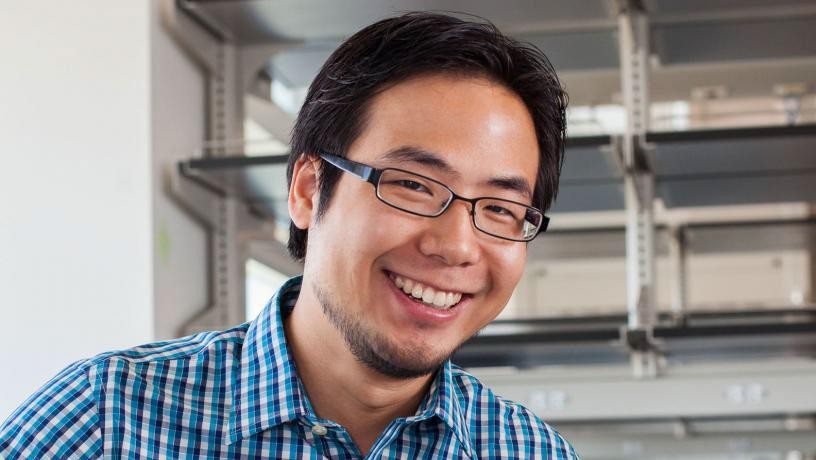
Xiaofan (Fred) Jiang, Associate Professor, Electrical Engineering (SEAS)
Andrew Rundle, Associate Professor, Epidemiology (SPH)
Teresa Spada, Director of Practice Operations (ColumbiaDoctors Midtown)
The vision of this project is to equip buildings and mass transits around the world with the capability to continuously screen occupants for fever, thus improving the safety and resilience of our cities against future pandemics. One of the key objectives of this project is to create a technology that can monitor many occupants simultaneous without disrupting their normal activities, which is essential in helping to restore some amount of normality to our vibrant cities. Another goal is to keep the cost to be within a few hundred dollars, so that it is affordable for everyone. Collectively, these “smarter” buildings and transit systems become parts of epidemic early warning systems, enabling cities to quickly respond to future novel viruses, as well as flu seasons.
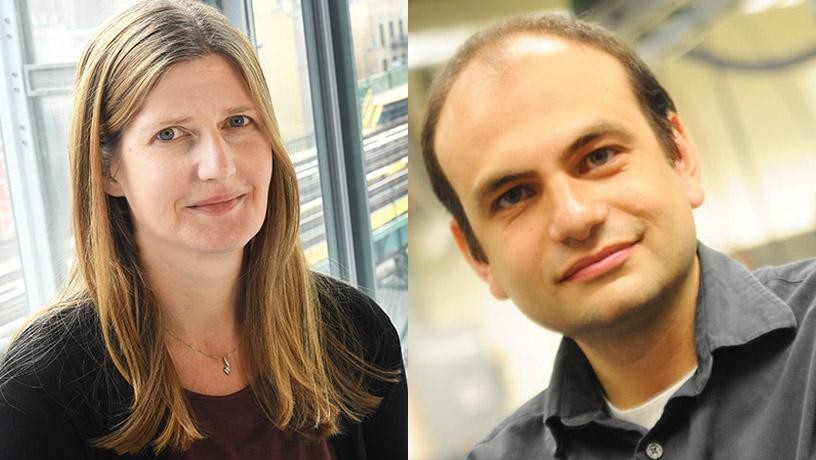
Ioannis Kymissis, Professor, Electrical Engineering (SEAS)
Elizabeth Hillman, Professor, Biomedical Engineering (SEAS); Department of Radiology (CUIMC)
Ultraviolet (UV) sterilization is a method that can neutralize a range of pathogens including SARS-CoV-2. However, UV light can also be dangerous to humans, causing cataracts and skin cancer through direct exposure, as well as environmental hazards such as generation of toxic ozone gas. Although UV sterilization systems are broadly categorized in terms of their wavelength band (e.g. A, B or C), the effectiveness of UV sterilization, and the risk of UV to humans, depends critically on the precise wavelength of UV used, and the intensity and duration of UV exposure. The wide array of existing and emerging UV sterilization systems currently being deployed to decontaminate public spaces are likely to have widely varying illumination properties, and are prone to shifts in UV emissions as lamps degrade over time. This project is focused on developing a system to track and wirelessly report UV wavelength and exposure in a space and to precisely quantify both the effectiveness of UV sterilization for removal of pathogens and their acute and cumulative risk of exposure to humans. The project will further develop a low-cost monitor and accompanying mobile app that will report on the spectrally resolved dose that the unit has received, allowing users to be confident that the sterilization of a space has been conducted properly.
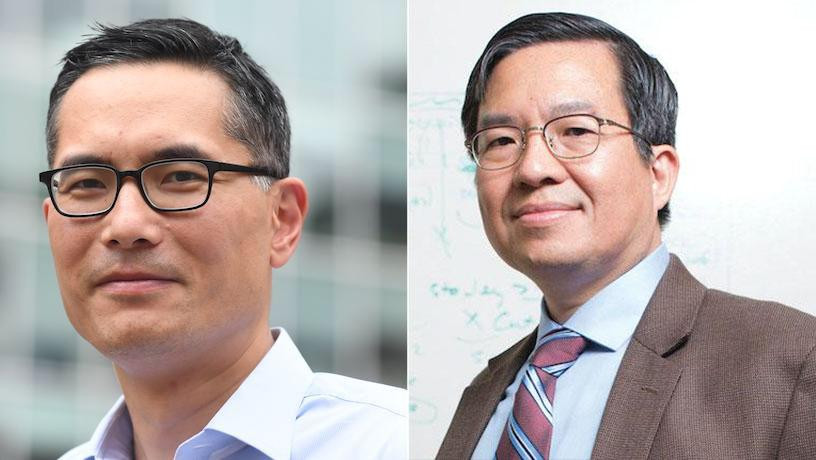
Samuel Sia, Professor, Biomedical Engineering (SEAS)
Shih-Fu Chang, the Richard Dicker Professor of Electrical Engineering, and Computer Science (SEAS)
Jessica Justman, Associate Professor of Medicine in Epidemiology (CUIMC) and Senior Technical Director, ICAP (SPH)
Wafaa El-Sadr, University Professor of Epidemiology and Medicine, Founder and Director of ICAP (CUIMC/SPH)
We propose to develop and field-test on at least 20 users in an underserved community (e.g. patients at Harlem Hospital): 1) a mobile app that will aid users (both providers and consumers) to perform and interpret rapid COVID-19 tests, and 2) a cloud-hosted platform that will track the results in real time, matched to geolocation and co-morbidities, to increase the value of the data for epidemiology and public policy. We will build on our previous experience where we field-tested a mobile app for tracking HIV and sexually transmitted disease rapid tests among high-risk groups in an NIH R01-funded project. We will work with partners (starting at Harlem Hospital) across New York City. We now know there are significant and ongoing variations from neighborhood to neighborhood, depending on race and income, with the hardest hit areas including East New York in Brooklyn, Far Rockaway, Flushing and Elmhurst in Queens, and Baychester and Co-op City in the Bronx. Continued collection of granular data in these communities will be crucial, to monitor the infection rate as well as to better understand co-morbidities and other correlates (e.g. density of housing) to disentangle the drivers of these inequalities.
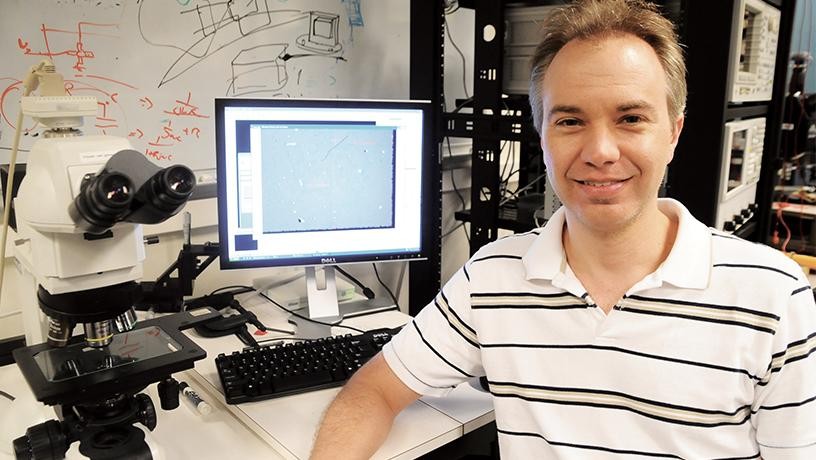
Kenneth Shepard, the Lau Family Professor, Electrical Engineering, and Professor, Biomedical Engineering (SEAS)
Henry Colecraft, the John C. Dalton Professor, Physiology and Cellular Biophysics, and Professor, Pharmacology (CUIMC)
Direct testing for the virus, which also reduces requirements for multiple reagents, is a necessary step to improving diagnostic testing. While two such antigen test have been approved for detection of SARS-CoV-2 based on immunoassays to the S protein, specificity is poor because of reliance on a single (or in a some cases two) detection antibodies, and no quantitation of viral load is possible. Sample preparation is still required for these assays. We will address this gap by using an in development rapid POC platform for direct, real-time, multiplexed, quantitative bioelectronic detection of biomolecules that employs an all-electronic detection device that functions at the single-molecule level. These single-molecule field-effect transistors (smFETs) are arrayed on a complementary metal-oxide-semiconductor (CMOS) integrated circuit chip mounted on a USB-stick-form-factor device.